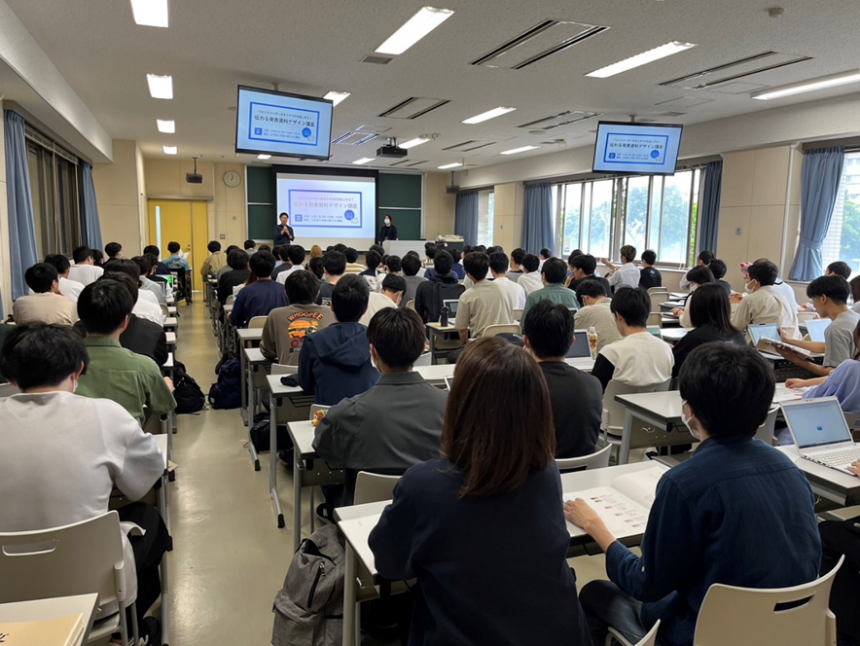
On June 1, 2023, the FONT SWITCH PROJECT held a course on "Designing Effective Presentation Materials" at the Faculty of Engineering, Shizuoka University.
I spoke to engineering students who usually create slides and materials for research presentations about font selection and layout for easy understanding. Although the seminar was optional, over 100 students attended, and we were surprised at the high level of interest, with many questions asked during the Q&A session!
This report provides an overview of the seminar and the impressions of the participants, along with comments from Professor Susumu Ishihara of the Faculty of Engineering, who assisted in the implementation of the seminar.

This was an optional seminar, but as soon as information about the event was distributed on campus, we received many requests to participate, demonstrating the high level of interest among students. Lively questions continued to fly after the seminar, and some students even asked instructor Professor Inoue to look at their typesetting designs, making it a fulfilling 90 minutes. Thank you for the wonderful seminar.
Seminar Overview
This seminar was divided into two parts and was aimed at engineering students who normally study manufacturing and often have the opportunity to create slides and materials for research presentations.
Part: "Morisawa's Typeface Creation"
While providing basic knowledge about fonts, we talked about the production process at Morisawa's typeface production site and the key points they pay particular attention to when creating typefaces.
Part 2: "Tips for creating effective presentation materials"
Using sample data from presentation slides, we shared useful know-how when creating materials.
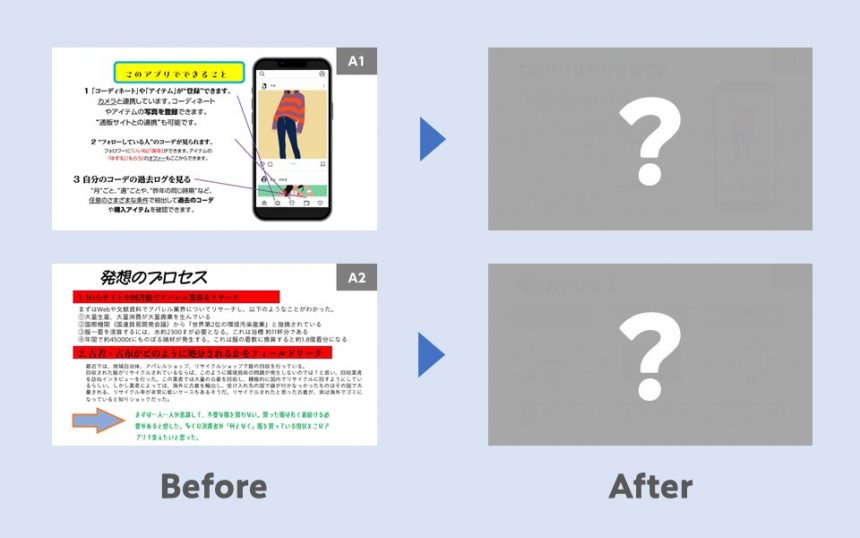
What points should you focus on and how should you organize your materials to make them "communicate" effectively? We've used sample slides of the "Before" version, which has the same content but poor element placement and font selection, and the "After" version, which highlights important points.
Comments from students and faculty who attended the course
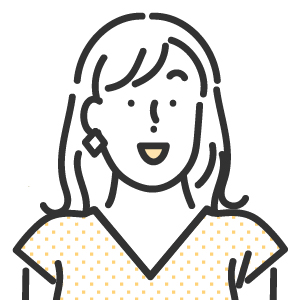
There aren't many opportunities like this, so it was a very meaningful experience.
I had looked up designs online to make a poster for the welcome event, but this course went into more detail and included practical content such as PowerPoint, which I found interesting.
I felt that the discussion about character and line spacing was something I could put to good use in the future.
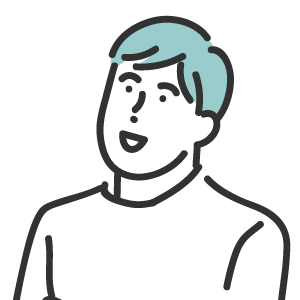
I usually choose fonts without paying much attention to them, but through this lecture I realized that there is such a big difference in how they look, and I would like to use this knowledge in the future.

The process of creating the font was interesting.
Even though the font name is the same, I couldn't tell the difference between fonts with and without the P, so I'm glad to know the difference and their suitable uses.

I learned a lot from this book about creating my own research presentation materials. I also feel that I will be less likely to feel unable to express myself clearly when I am instructing my students on how to create slides.
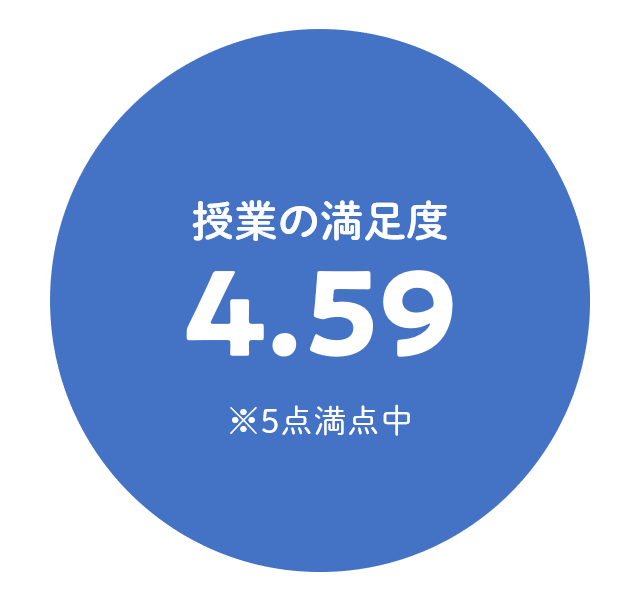
A survey conducted after the course showed high satisfaction with the content of the classes.
We asked Professor Ishihara about his thoughts on students.
Morisawa: Why did you agree to hold the seminar?
Professor Ishihara: I have had experiences where I saw slides with poor design at research presentations on campus, or where the fonts and line widths were inappropriate, and the content was completely lost due to the appearance.If you know even a little bit of design basics, communication will be much smoother.I felt strongly that this was the best way to do it, and I agreed to the seminar project, wanting to do as many as possible if it meant providing students with an opportunity to learn about design for communication.
In addition, I personally love fonts, design, and typesetting, so I was really looking forward to hosting the seminar. When planning the event, I asked them to emphasize the following two points:
① By knowing the basics of design,It means that you can acquire the skills to communicate your ideas to others without any loss.
② By telling the story of the font product's development,Stimulating the manufacturing mindset of engineering students
The seminar included a well-balanced presentation that covered all of these topics.
We asked Professor Ishihara after the seminar
Morisawa: What did you think after actually holding the seminar?
Professor Ishihara: In the seminar, after introducing the basics of fonts and the process of commercializing fonts, Morisawa gave an easy-to-understand explanation of the basics of design, focusing on slide creation. When supervising students in the lab, we sometimes give instructions on slide design down to the millimeter, but in this seminar,I hope the students understood the thinking behind these orders.In particular, few people are aware of the importance of adjusting line break widths according to line length and margins, so I think it was very helpful to have such a systematic explanation.
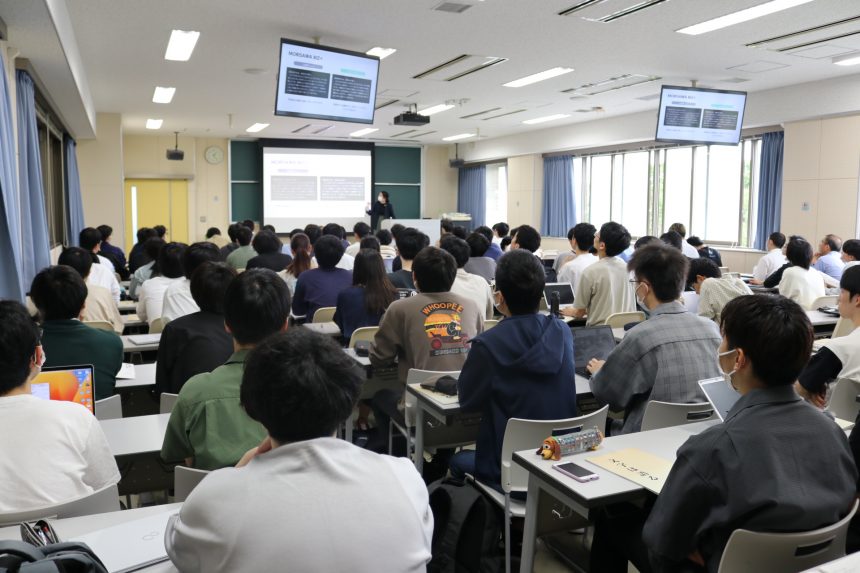
During the discussion about fonts, I heard that UD fonts can help people who have difficulty reading letters to read them easily.It applies not only to letters but to all designs.I was also very surprised to hear about a feature in Japanese fonts where the shape of the characters changes depending on how they are connected, and where the same character takes on a different shape when it appears repeatedly.It was a great inspiration for the engineering students studying manufacturing.I think so.
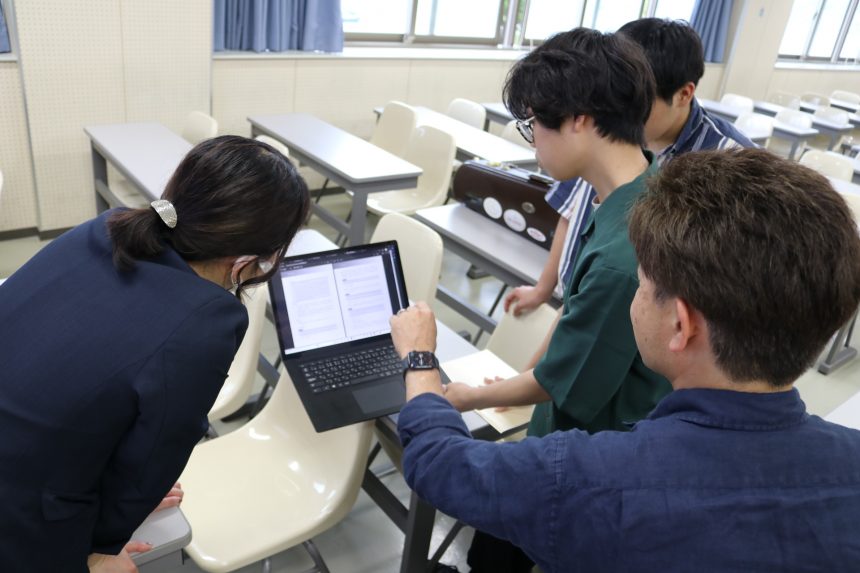
This time, just over 100 students and faculty members participated, but I would like to share the contents of the seminar with many more students, faculty members, and staff members. I would like to encourage people who would not normally apply for a seminar to participate.I dream of the day when everyone can acquire stress-free visual communication skills..
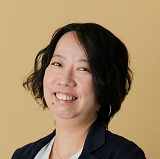
Thank you to everyone in the Faculty of Engineering for listening to the seminar with enthusiasm.
I'm so glad that the font and layout are helpful for your studies.
Although it is not widely known, our daily lives are filled with many fonts, which form the basis of various communication methods.
This time we focused on using fonts in presentation slides, but we hope you will use the power of type in a variety of areas, such as presentation posters, papers, and even in your personal creative work!
Follow the Morisawa FONT SWITCH PROJECT on social media to turn on everyone's font sensibilities and have even more fun with fonts!
I want to use Morisawa fonts
If you want to use UD fonts easily in Office applications,MORISAWA BIZ+ For detailsHere
●As a school organizationIf you want to utilizeMORISAWA BIZ+ UD Font Plan for Public Organizations For detailsHere
●All fonts are available! Font products for students and faculty"MORISAWA PASSPORT Academic Edition" For detailsHere

